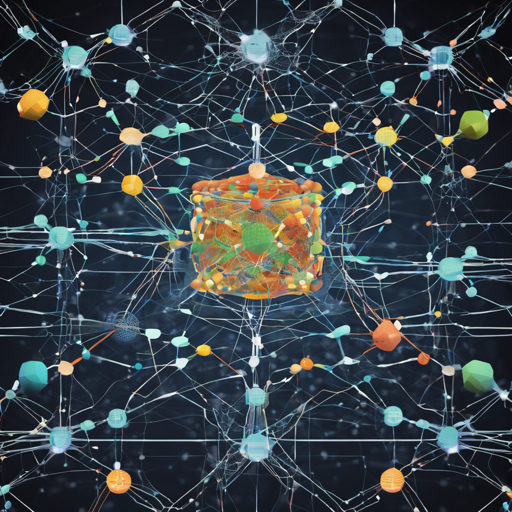The Nucleotide Transformer 2.5B Multi-Species model is a cutting-edge tool for molecular phenotype prediction, leveraging information from a vast collection of DNA sequences. In this guide, we’ll walk you through the steps to utilize this powerful model, troubleshoot common issues, and ensure you’re ready to dive into genomic analysis.
Getting Started with the Nucleotide Transformer
Before we proceed, ensure that you have the prerequisite software and libraries installed. The Nucleotide Transformer model is available in both TensorFlow and PyTorch, providing flexibility based on your preferred framework.
Installation
To use the Nucleotide Transformer from Hugging Face, you need to install the transformers library directly from the source. Here’s how you can do it:
pip install --upgrade git+https://github.com/huggingface/transformers.gitLoading the Model
Once the installation is complete, you can easily load the model with the following Python code:
from transformers import AutoTokenizer, AutoModelForMaskedLM
import torch
# Import the tokenizer and the model
tokenizer = AutoTokenizer.from_pretrained("InstaDeepAInucleotide-transformer-2.5b-multi-species")
model = AutoModelForMaskedLM.from_pretrained("InstaDeepAInucleotide-transformer-2.5b-multi-species")
# Choose the length to which the input sequences are padded
max_length = tokenizer.model_max_length
# Create a dummy dna sequence and tokenize it
sequences = ["ATTCCGATTCCGATTCCG", "ATTTCTCTCTCTCTCTGAGATCGATCGATCGAT"]
tokens_ids = tokenizer.batch_encode_plus(sequences, return_tensors="pt", padding="max_length", max_length=max_length)
# Compute the embeddings
attention_mask = tokens_ids["input_ids"] != tokenizer.pad_token_id
torch_outs = model(tokens_ids["input_ids"], attention_mask=attention_mask, output_hidden_states=True)
# Compute sequences embedding
embeddings = torch_outs.hidden_states[-1].detach().numpy()
print(f"Embeddings shape: {embeddings.shape}")
Here’s how this process works:
- Load the Tools: Imagine this as preparing your kitchen for cooking. Just like you gather all the necessary utensils, you load the tokenizer and model for processing DNA sequences.
- Input Preparation: You create a ‘dummy DNA sequence’. Think of this as gathering your ingredients – these sequences are what you will be analyzing.
- Tokenization: Just as ingredients are chopped and prepared, the sequences are tokenized for easier manipulation by the model, transforming them into input IDs that the model can understand.
- Embedding Calculation: Finally, the model processes these inputs and returns embeddings, akin to cooking the ingredients into a dish ready for serving.
Understanding the Model Training and Data
The Nucleotide Transformer was pre-trained on 850 diverse genomes, representing a staggering 174 billion nucleotides. This extensive training sets the model apart, allowing it to tackle complex genomic tasks effectively.
Troubleshooting Common Issues
While working with the Nucleotide Transformer model, you may encounter various issues. Here are some common problems and their solutions:
- Issue: Model Not Found
Make sure that you correctly input the model name. Typos in the model name can lead to loading errors. - Issue: Insufficient GPU Memory
When processing larger sequences, you may face memory issues. Consider lowering the model’s max sequence length to ease the load. - Issue: Tokenization Errors
Ensure that your input sequences are formatted correctly as strings within a list. Improper formats can lead to unexpected results. - General Tips:
If issues persist, refer to the official documentation or the dataset page for additional guidance.
For more insights, updates, or to collaborate on AI development projects, stay connected with fxis.ai.
Conclusion
With the Nucleotide Transformer 2.5B Multi-Species model, you’re equipped to explore the intricate world of genomics efficiently. Our guide has provided you with the fundamental steps to get started and troubleshoot potential issues.
At fxis.ai, we believe that such advancements are crucial for the future of AI, as they enable more comprehensive and effective solutions. Our team is continually exploring new methodologies to push the envelope in artificial intelligence, ensuring that our clients benefit from the latest technological innovations.

